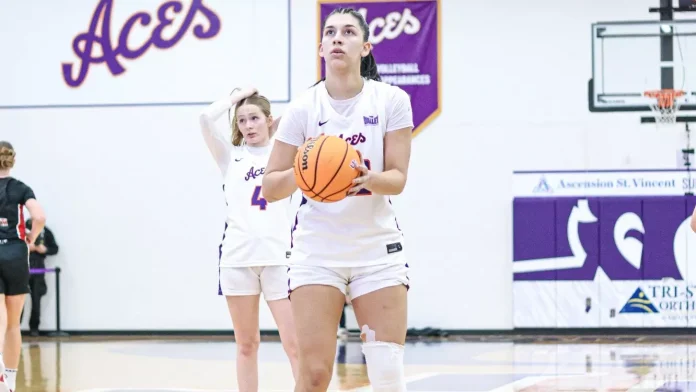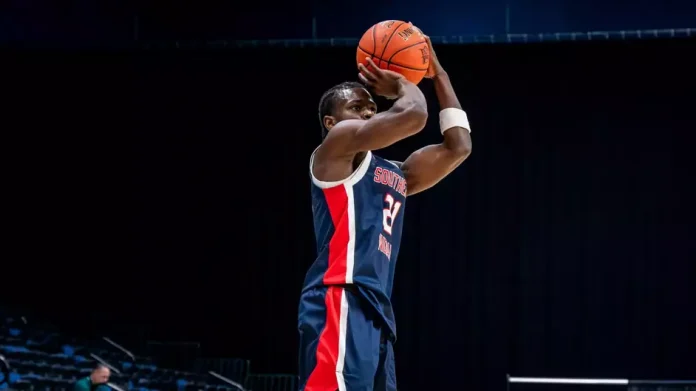Updated Customer Resource Hub and expanded alerts help customers better manage billing, energy use and available support
EVANSVILLE, Ind. – Dec. 2, 2025 – CenterPoint Energy today announced an expanded set of online customer resources designed to give southwestern Indiana customers clearer information, easier access to billing support and more ways to stay informed about their service.
The improved online Customer Resource Hub brings billing tools, energy efficiency programs and financial assistance resources together in one place for its southwestern Indiana customers.
The hub, available at CenterPointEnergy.com/ResourceHub, supports CenterPoint’s ongoing Affordability Actions and the feedback gathered during the company’s initial round of Community Connect events.
“Our customers have told us they value clear information and easy access to tools, programs and support,” said Mike Roeder, President of CenterPoint Energy Indiana. “The Customer Resource Hub makes it simpler to understand service, explore available programs and find resources that fit their individual needs.”
Making it easier to find help in one place
Through the Customer Resource Hub, customers can access billing tools, payment options, energy efficiency programs and support resources in one location, including:
- Find ways to save energy. Schedule a free home energy assessment, review near real-time energy usage in MyAccount, earn annual bill credits through the Smart Cycle program and explore rebates, discounts and year-round energy efficiency tips.
- Explore assistance programs and resources. Level out monthly payments with Budget Bill, check eligibility for the federal Energy Assistance Program, learn about the Customer Assistance Fund and review options for payment extensions and payment plans through My Account Online.
- Manage and pay bills. Sign in to My Account Online to view and pay bills, set payment reminders, download the CenterPoint Energy app and pay through Apple Pay or Google Pay and find mailing addresses and in-person locations.
- Understand customer bills. Use the online bill guide to see how monthly charges are calculated and review electric tariffs for more detailed information about how rates are structured and approved.
More ways for customers to stay informed
As part of the Resource Hub launch, CenterPoint is highlighting recent improvements that give customers more timely updates about their service.
In early November, the company began a limited rollout of remote reconnection and disconnection capabilities for most Indiana Electric customers, paired with additional alerts and reminders designed to provide more notice before potential service interruption. These notifications – including a 24-hour text and email alert and a same-day reminder – provide clear information and more opportunities for customers to review options or take action.
In this initial period, more than two-thirds of the customers at risk of disconnection who received these notifications took steps to stay connected by setting up a payment plan, enrolling in assistance or making a payment.
As the program is fully implemented, CenterPoint encourages customers to review and update contact information by signing in to My Account Online, selecting Profile and adding or editing their mobile number and email address. Customers without internet access, or those who prefer to speak with a representative, can call 800-227-1376 for help reviewing options or updating contact information.











